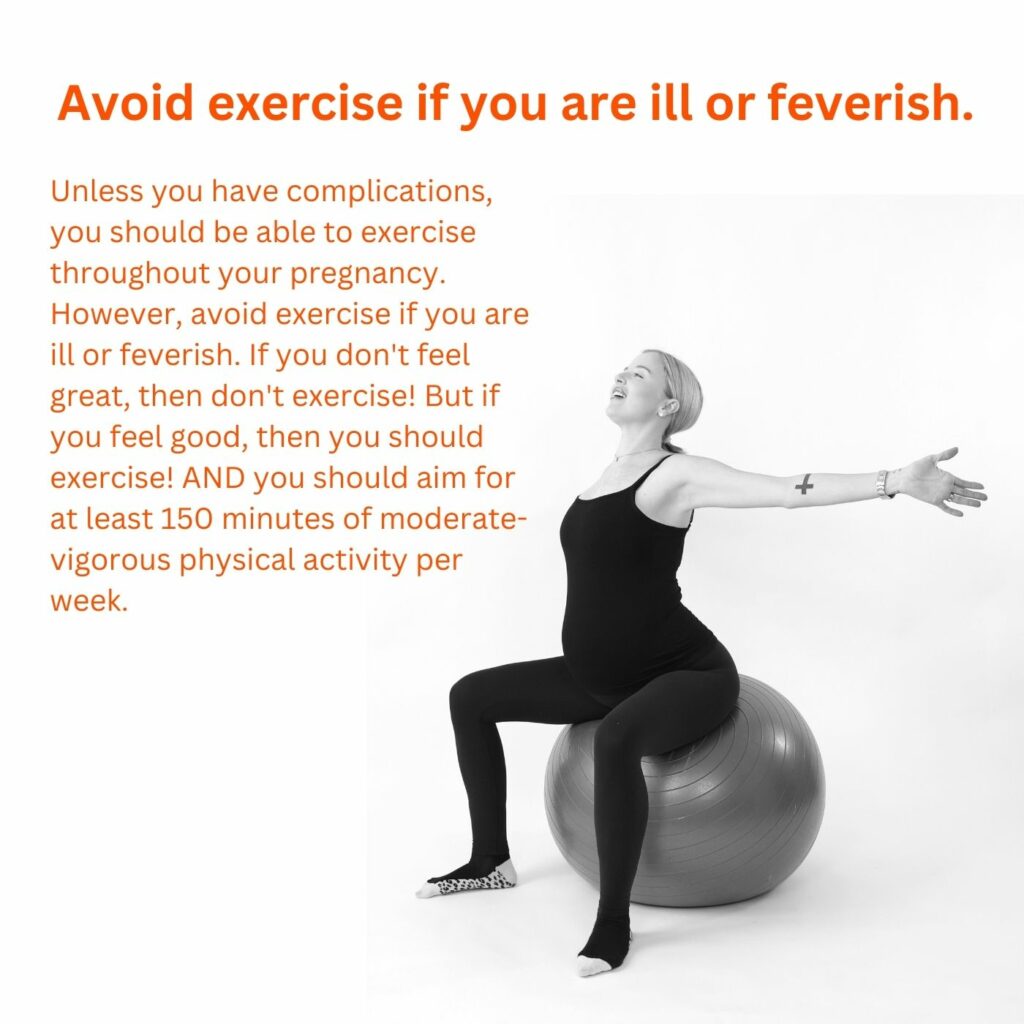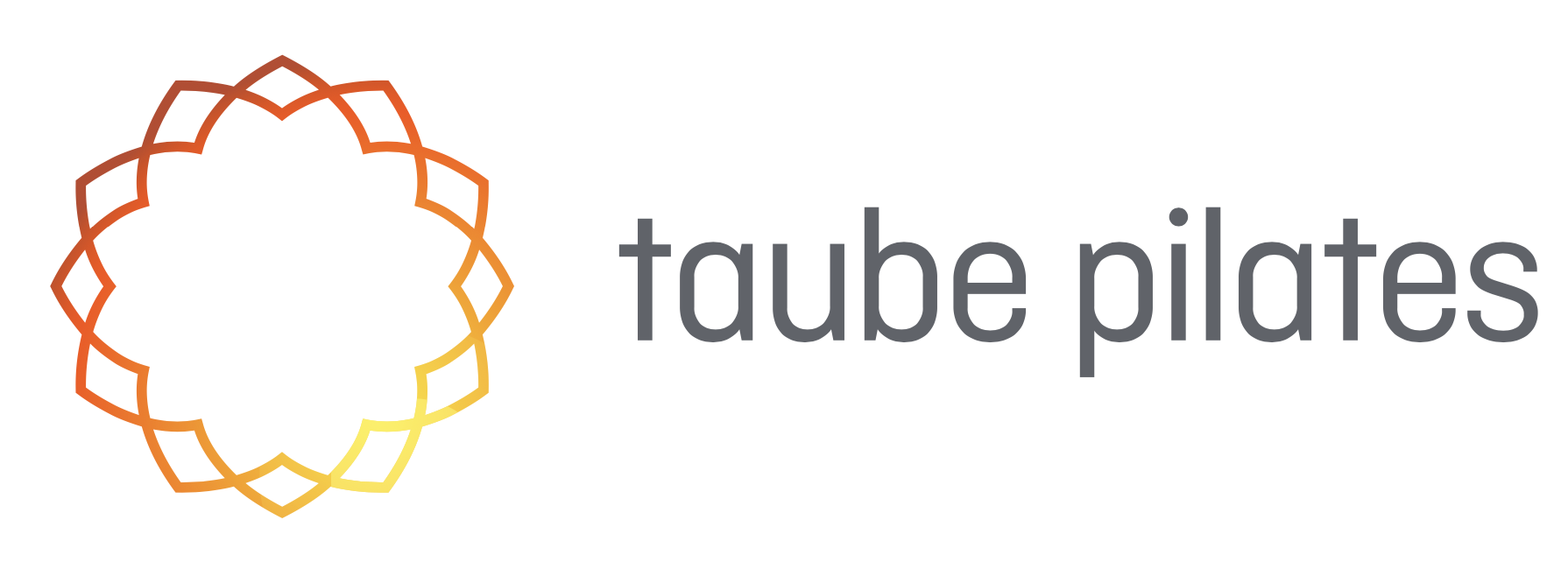Pregnancy is a beautiful journey filled with excitement, anticipation, and of course, physical changes. As a Pilates instructor, you have a unique opportunity to support expecting mothers through this transformative time with tailored exercises and expert guidance. In this comprehensive guide, we’ll delve into the numerous benefits of Pilates for pregnancy, empowering both you and your clients to navigate this period with strength, flexibility, and confidence.

Understanding the Needs of Expecting Mothers
Pregnancy brings about a myriad of physical changes, from the shifting center of gravity to hormonal fluctuations and increased joint laxity. These changes can often lead to discomfort, fatigue, and postural imbalances. As Pilates instructors, it’s crucial to recognise these unique needs and tailor our approach accordingly.
1. Lifting and Relaxing the Pelvic Floor
During pregnancy, the pelvic floor undergoes significant changes due to the increasing weight of the uterus and hormonal fluctuations. Pilates offers invaluable techniques to help expecting mothers strengthen and relax the pelvic floor muscles, promoting optimal function and reducing the risk of issues such as tearing during delivery, urinary incontinence and pelvic floor dysfunction. Incorporating exercises that focus on pelvic floor engagement and release, such as Kegels followed by a slow and controlled relaxation, can help expecting mothers maintain pelvic health throughout pregnancy, during delivery and beyond.
2. A Long Slow Warm-Up
A thorough warm-up is essential for preparing the body for exercise, especially during pregnancy when the body’s needs are constantly evolving. A long, slow warm-up allows expecting mothers to gradually increase blood flow to the muscles, lubricate the joints, and mentally prepare for the workout ahead. Gentle movements, such as spinal articulation and pelvic tilts, help to awaken the body and promote a sense of relaxation and focus.
3. Working in Four Point Kneeling
Four point kneeling is a beneficial position for prenatal Pilates as it helps to stabilize the pelvis and strengthen the core muscles without placing undue pressure on the abdomen. This position allows expecting mothers to engage the deep stabilizing muscles of the back and abdomen while maintaining proper alignment and support. Exercises such as hinges, arm lifts and cat cows can be particularly effective in targeting these muscle groups while promoting stability and balance.
4. The Importance of Arm Work
While the focus of prenatal Pilates often revolves around the core and pelvic floor, it’s essential not to overlook the importance of arm work. Strengthening the arms and shoulders not only helps to improve posture and upper body strength but also prepares expecting mothers for the physical demands of caring for a newborn. Incorporating exercises such as arm circles, bicep curls, and tricep presses can help to maintain muscle tone and prevent discomfort associated with carrying and feeding a baby.
5. Working the Glutes
The gluteal muscles play a crucial role in pelvic stability, hip alignment, and overall lower body strength. During pregnancy, the glutes can become weakened due to the changes in posture and increased strain on the pelvis. Pilates offers a variety of exercises to target the glutes, including bridges, leg lifts, and side-lying leg work. Strengthening these muscles not only helps to alleviate discomfort but also supports proper pelvic alignment and reduces the risk of lower back pain.
6. Stretching Tight Muscles such as the QL
Tight muscles, such as the quadratus lumborum (QL), are common during pregnancy due to changes in posture and increased strain on the lower back. Pilates provides effective techniques to stretch and release these tight muscles, promoting greater comfort and mobility. Incorporating exercises that target the QL, such as side bends and pelvic tucks, can help to alleviate tension and improve overall flexibility and range of motion.
7. Working on a Fit Ball for Pelvic Floor Awareness
Working on a fit ball (or stability ball) can be highly beneficial for expecting mothers, particularly in developing awareness of the pelvic floor and improving balance and stability. The unstable surface of the ball engages the deep stabilizing muscles of the core and encourages proper alignment of the pelvis. By incorporating exercises such as pelvic circles, pelvic tilts, and pelvic floor lift and release, expecting mothers can enhance pelvic floor awareness while promoting relaxation and circulation.
8. Improving the Postural Muscles
Maintaining good posture during pregnancy is essential for reducing strain on the spine, alleviating discomfort, and supporting overall well-being. Pilates focuses on strengthening the postural muscles, including the muscles of the back, shoulders, and core, to promote proper alignment and stability. By incorporating exercises that target these muscle groups, such as chest openers, shoulder retractions, and spine stretches, expecting mothers can improve their posture and reduce the risk of postural imbalances.
9. Helping with Pregnancy Pains such as Carpal Tunnel
Pregnancy can bring about various discomforts, including carpal tunnel syndrome, which is characterized by numbness, tingling, and weakness in the hands and wrists. Pilates offers gentle exercises to alleviate symptoms of carpal tunnel syndrome by improving circulation, reducing inflammation, and promoting proper alignment of the wrists and hands. Incorporating wrist stretches, finger exercises, and gentle wrist rotations can help to alleviate discomfort and improve overall hand and wrist function.
10. Helping to Stretch Tightening Muscles such as the Quads
Tightening muscles, such as the quadriceps (quads), are common during pregnancy due to changes in posture and increased pressure on the lower body. Pilates provides effective techniques to stretch and release these tight muscles, promoting greater comfort and mobility. Incorporating exercises that target the quads, such as quad stretches, and leg circles, can help to alleviate tension and improve overall flexibility and range of motion.
In conclusion, prenatal Pilates offers a multitude of benefits for expecting mothers, including strengthening the core and pelvic floor, improving flexibility and mobility, enhancing postural alignment, and alleviating pregnancy-related discomforts. By incorporating these exercises into your teaching and tailoring exercises to meet the unique needs of expecting mothers, you can empower them to navigate pregnancy with strength, flexibility, and confidence, ultimately enhancing their overall well-being and enjoyment of this special time in their lives. Want to learn more? Please check out my Pregnancy and Postnatal Pilates course.
